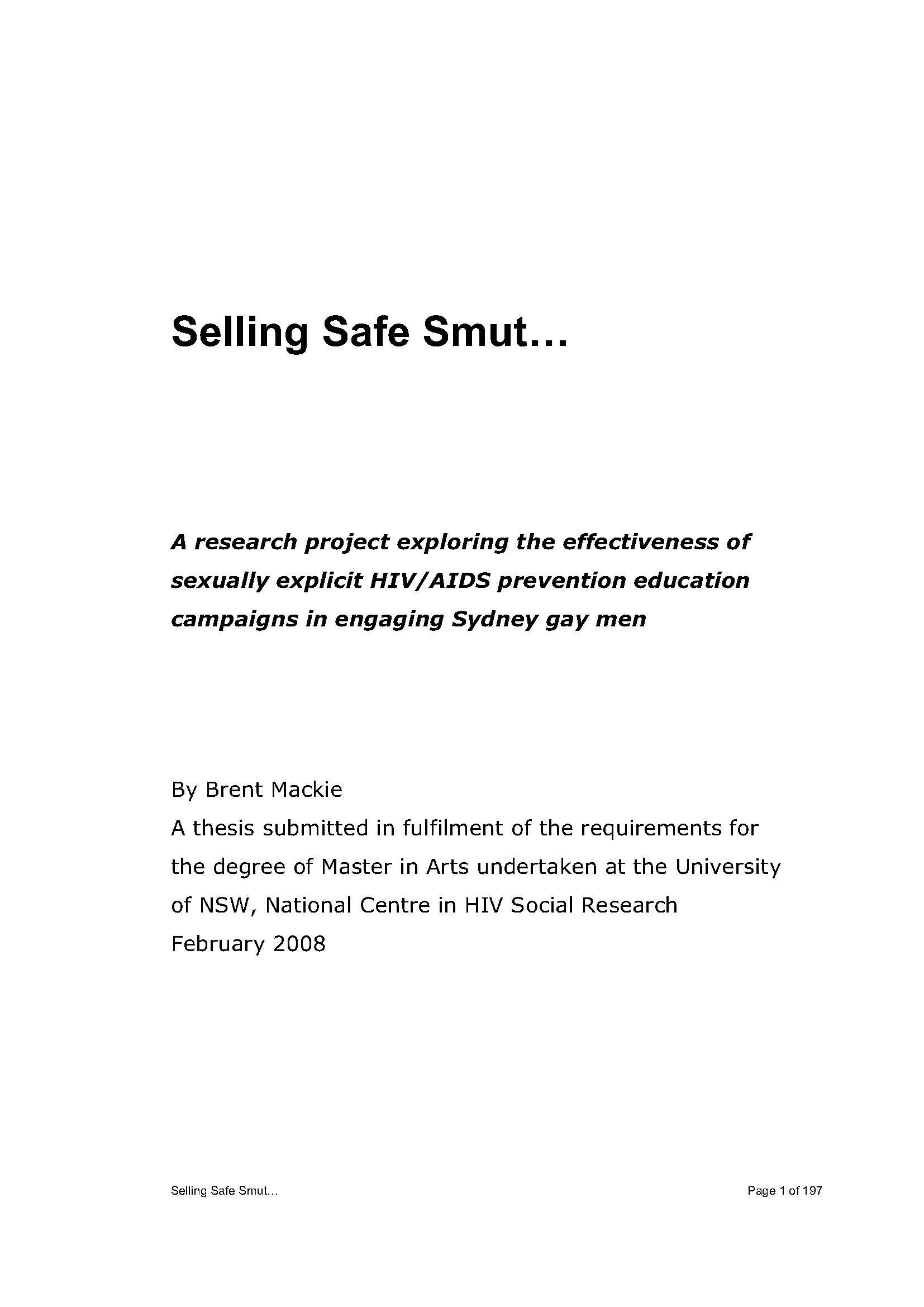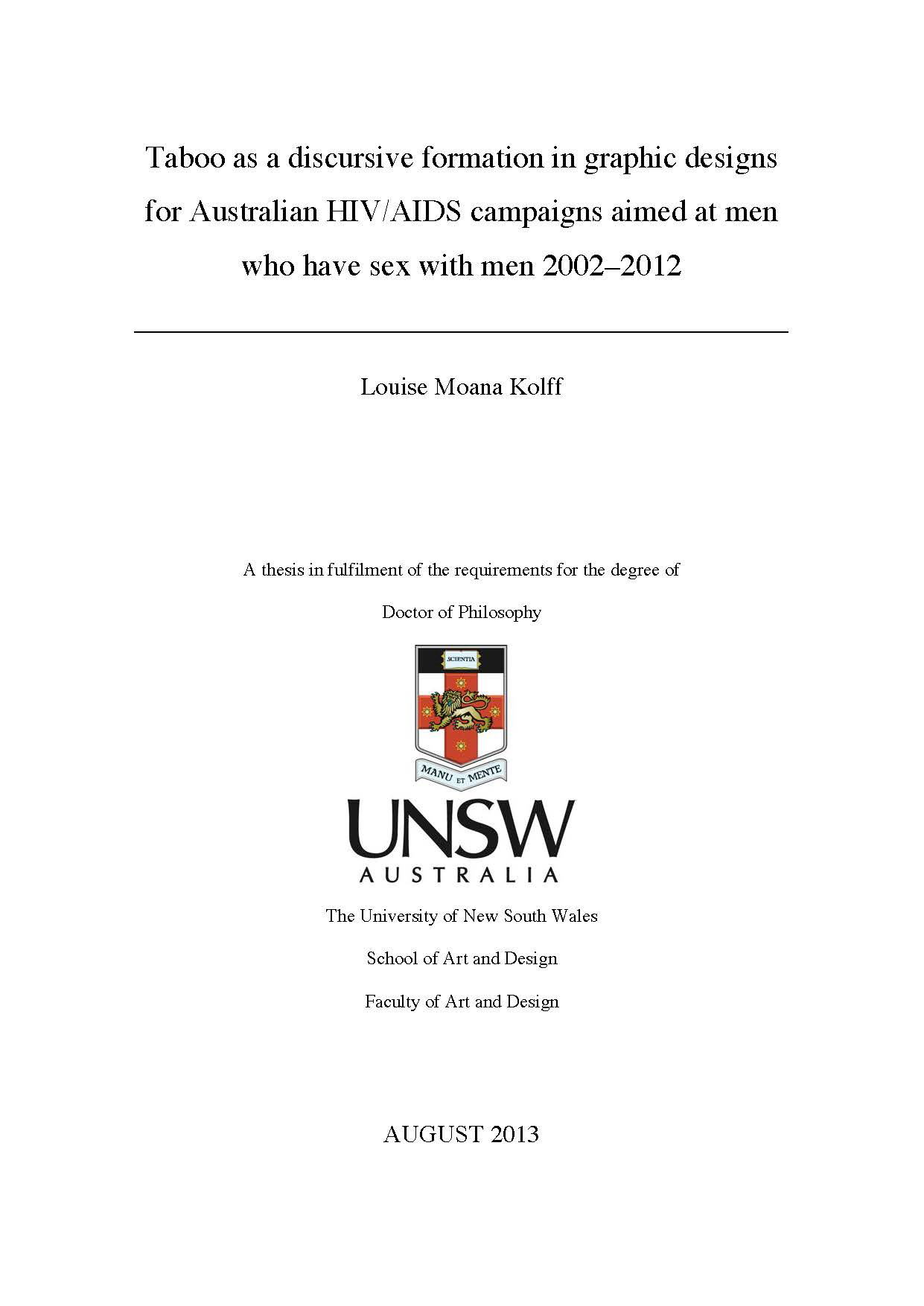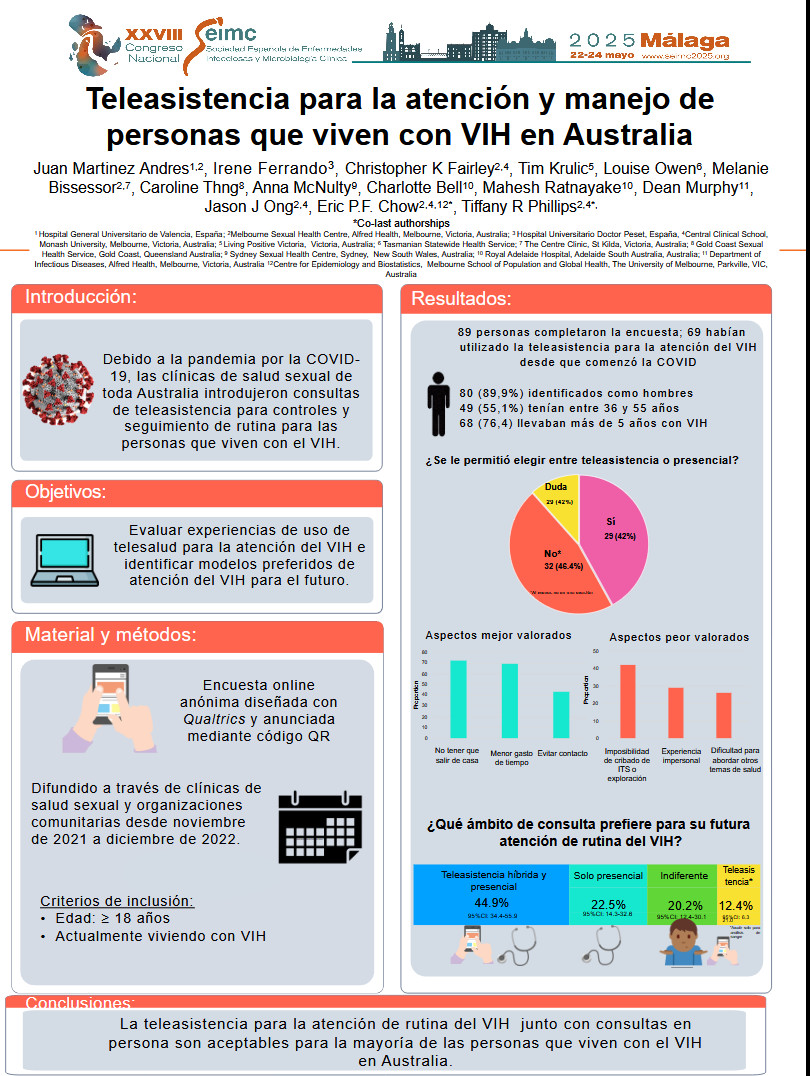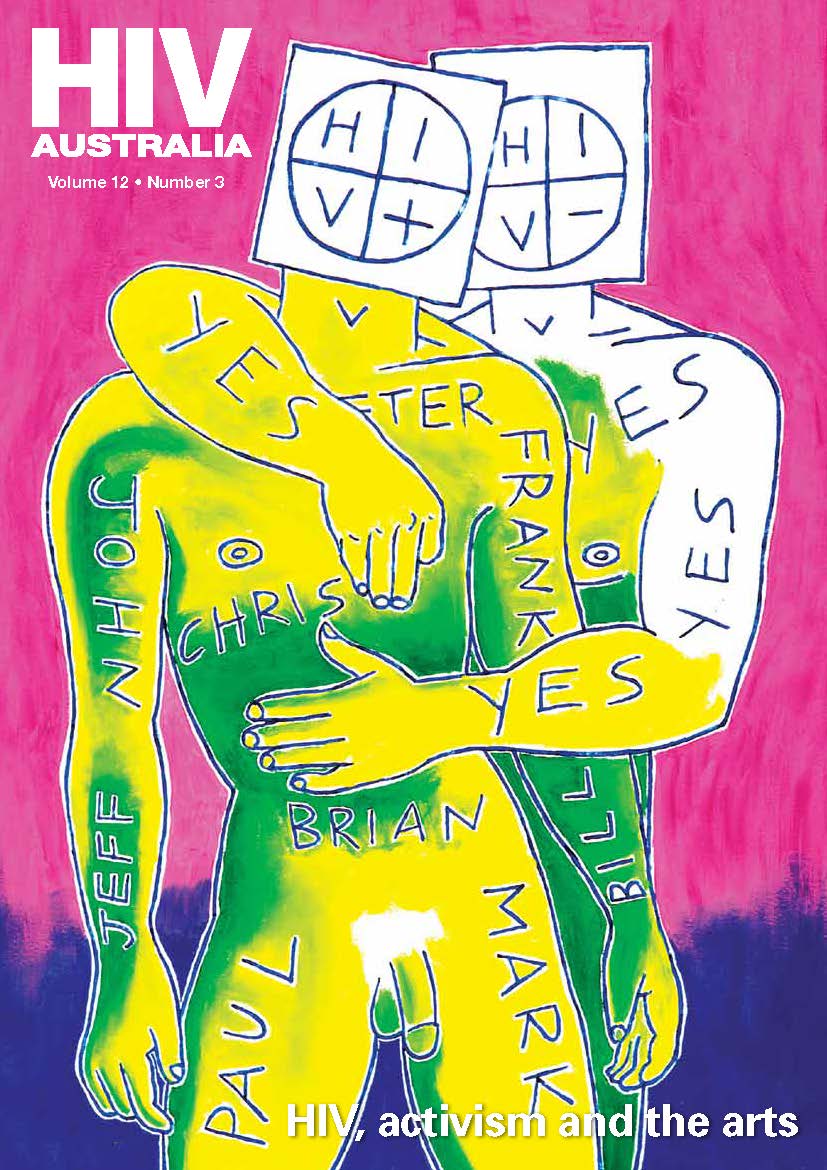Resumen
This project critically examines the question Are HIV/AIDS
prevention campaigns more effective at engaging gay men if they use colloquial language and sexually explicit imagery? by
investigating the impact of sexually explicit campaigns on the Sydney gay community. The project approaches the question in three parts:
1. A review of literature exploring the circumstances in which and for what reasons sexually explicit HIV/AIDS campaigns are produced. 2. An analysis of seven interviews with producers of HIV
prevention campaigns exploring how, why, where and for
what reasons explicit campaigns are produced.
3. An analysis of eight interviews with homosexually active
Sydney men exploring how HIV prevention campaigns are
viewed, consumed and understood. The interviews were in-depth, semi-structured and conducted over one hour per interviewee. The findings are dominated by two interrelated and at times conflicting themes. First, that there is a strongly held belief by campaign producers that the most effective HIV prevention campaigns targeting gay men are produced by the community and reflect that community and as a result must at times be sexually
explicit. Second, that it is no longer sufficient for HIV prevention
campaigns to rely on explicit sex to attract attention. In an
environment where visual images, and sexually explicit visual
images especially, are becoming more accessible, and media and
communication is more prevalent and complex, safe sex
campaigns are forced to deliver ever more sophisticated and
stimulating creative materials in order to maintain the engagement
of gay men.
The interviews revealed that both campaign producers and
consumers participated in the production of a visual literacy of safe
sex campaigns. This literacy was necessary to both effectively
produce and comprehend the campaigns. The interviews showed
that while HIV prevention campaigns that use sexually explicit
language and imagery can be highly effective at engaging gay
men, the success of sexually explicit campaigns is contextual that
is, dependent on where, to whom and in what circumstances the
materials are delivered. The audience’s accumulation of knowledge
and cultural experience when viewing the campaigns, in other
words their safe sex campaign literacy, significantly influenced
their capacity to understand, appreciate and be engaged with
sexually explicit HIV prevention campaigns.






